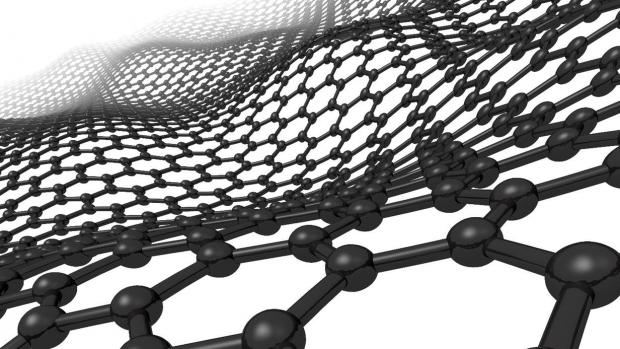
Breaking News
 Inside CES 2026: The Coolest Power Stations I Found
Inside CES 2026: The Coolest Power Stations I Found
 The Year Ahead in Sino-American Relations
The Year Ahead in Sino-American Relations
 Damning declassified documents and emails released by the CIA reveal...
Damning declassified documents and emails released by the CIA reveal...
 There are "Ghost Daycares" all throughout California. BILLIONS more stolen
There are "Ghost Daycares" all throughout California. BILLIONS more stolen
Top Tech News
 World's most powerful hypergravity machine is 1,900X stronger than Earth
World's most powerful hypergravity machine is 1,900X stronger than Earth
 New battery idea gets lots of power out of unusual sulfur chemistry
New battery idea gets lots of power out of unusual sulfur chemistry
 Anti-Aging Drug Regrows Knee Cartilage in Major Breakthrough That Could End Knee Replacements
Anti-Aging Drug Regrows Knee Cartilage in Major Breakthrough That Could End Knee Replacements
 Scientists say recent advances in Quantum Entanglement...
Scientists say recent advances in Quantum Entanglement...
 Solid-State Batteries Are In 'Trailblazer' Mode. What's Holding Them Up?
Solid-State Batteries Are In 'Trailblazer' Mode. What's Holding Them Up?
 US Farmers Began Using Chemical Fertilizer After WW2. Comfrey Is a Natural Super Fertilizer
US Farmers Began Using Chemical Fertilizer After WW2. Comfrey Is a Natural Super Fertilizer
 Kawasaki's four-legged robot-horse vehicle is going into production
Kawasaki's four-legged robot-horse vehicle is going into production
 The First Production All-Solid-State Battery Is Here, And It Promises 5-Minute Charging
The First Production All-Solid-State Battery Is Here, And It Promises 5-Minute Charging
 See inside the tech-topia cities billionaires are betting big on developing...
See inside the tech-topia cities billionaires are betting big on developing...
Could graphene ripples be tapped into as a clean, limitless energy source?

By tapping into the random fluctuations of the carbon atoms that make up graphene sheets, the scientists can generate an alternating current strong enough to indefinitely power a wristwatch.
Graphene is a lattice of carbon just one atom thick, and its incredible strength and conductivity of electricity and heat mean it might soon start cropping up in everything from light bulbs to dental fillings, microphones, motorbike helmets, water filters, smartphone screens and even heat-dissipating shoes.
The University of Arkansas researchers stumbled onto a new potential use for the material, when they set out to study the innate movements of graphene using a scanning tunneling microscope. In a phenomenon called Brownian motion, particles suspended in a fluid will randomly move in response to collisions with larger particles in the environment. In the case of a sheet of graphene, the atoms vibrate in response to the temperature around them, making sections of the linked carbon atoms rise and fall like waves on the ocean, sending ripples running through the material.

 Storage doesn't get much cheaper than this
Storage doesn't get much cheaper than this

